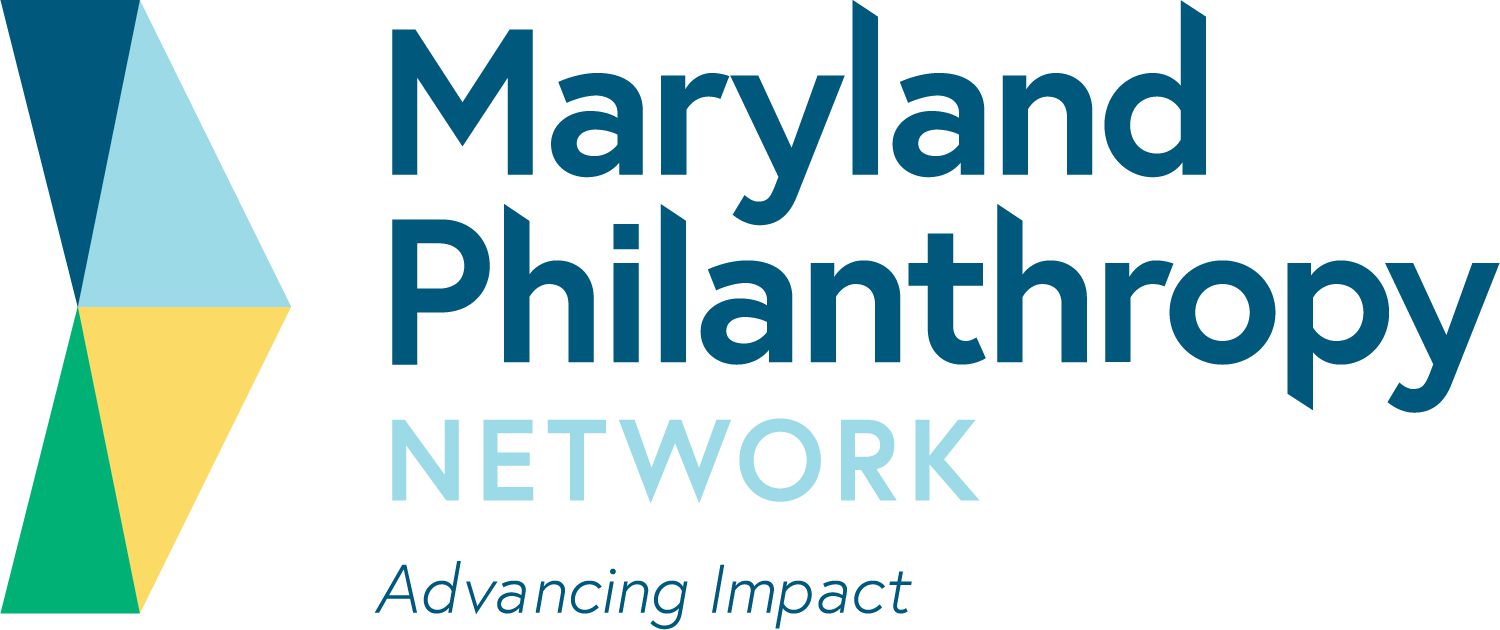Baltimore community groups learn how to apply for youth funding
The gymnasium at Reginald F. Lewis High School was filled Saturday with people with ideas on how to improve the lives of Baltimore’s young people.
And they were all hoping to tap into the $12 million Baltimore Children and Youth Fund to turn those ideas into fruition.
The youth fund is a pool of money, first proposed by Baltimore City Council President Bernard C. “Jack” Young and approved by voters in 2016, to provide grants to youth organizations that have typically been unable to get government funding for their projects in the past.
The deadline to apply for the grants is July 9.
Representatives from youth groups from around the city were at Reginald Lewis to get last-minute tips on applying for the funds. The event was the last of three held by Associated Black Charities, which was hired by the city to oversee the grant-awarding process, negotiate contracts with grant-winners and follow-up with winners to make sure the money is being used appropriately.
The need for Baltimore to invest in better opportunities for youth took center stage after the death of Freddie Gray, who died of injuries suffered while in police custody in 2015.
There has been large interest in the grants, organizers said, with 167 people registered for Saturday’s event.
Many had never applied for a grant and were getting first-time tips. They were groups that have cobbled together money through small fundraisers, such as raffles. Others had applied for grants in the past, but never received one. Those people wanted tips on how to make their applications stronger.
Tiffany Jones wants to start a program named Pee Wee’s Place for young boys in the Cherry Hill neighborhood that teaches them life skills. The organization, in honor of a son that was murdered, would also include a component where she would take the boys to clean up trash in neighborhoods. She would pay the boys a stipend for their work. She said grants often go to the more established organizations.
“The people who already get money swallow up all the funds,” she said. “The people like us who live in the community and understand the problems get left out.”
Robyn Christian hopes to get a grant to expand her organization Anetrice House, Inc., which provides services to girls who are homeless, aged out of the foster care system, or have to leave college because of pregnancy. The group has been declined for grants in the past. Now, the girls pay for services and she would like to be able to provide them for free.
“We are grassroots and we get put in this box,” she said. “We needed someplace where we could get funding and hopefully this is it.”
Others at Saturday’s event wanted to fund basketball, financial literacy, music, art and mentoring programs.
Dayvon Love, director of policy for Leaders of a Beautiful Struggle, which is one of the partners working alongside Associate Black Charities on the youth fund, said the large interest in getting grant assistance shows the need for this funding.
“It also dispels the myths that people in the community don’t want to participate or be a part of improving their neighborhoods,” Love said. “They just needed the infrastructure and funding support to do it.”
Adam Jackson, CEO of Leaders of a Beautiful Struggle, a grassroots think tank focused on black empowerment, co-chaired a 34-member task force that laid the original groundwork for the youth fund. He said the money will allow organizations to use the money for capacity building that other grants may not, such as paying staff. Many grants only allow the money to be used for programming, he said.
A 30-person review committee made up of community members will assess and score the grant applications. The grants will be awarded this summer. Associated Black Charities does not yet know how many grants will be given out.
“It is not every day that community members have an opportunity to apply for funding from a $12 million fund, and consequently, not everyone knows the steps for navigating the grant submission process,” Diane Bell-McKoy, president and chief executive officer of the Associated Black Charities, said in a statement. “Lack of history of submitting grant applications shouldn’t be a deterrent to funding for individuals and groups who are already working to support and uplift Baltimore children and youth.”
Source: Baltimore Sun
FIND MORE BY:

